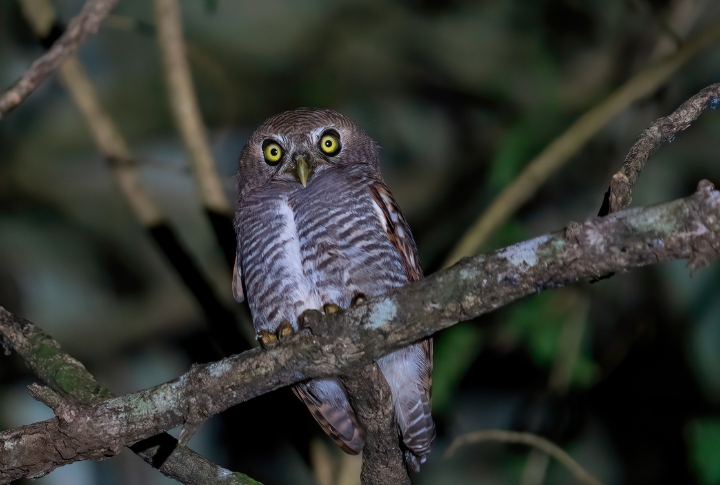
Owls don’t need to screech to send a message. In some places, just seeing one is enough to spark unease. These birds have built a reputation for showing up when things aren’t right. Forget bedtime stories—owls come with cultural warnings that go way back. Curious about all those stories? Here are 10 cultural beliefs that explain why some people fear owls.
Owls As Harbingers Of Death
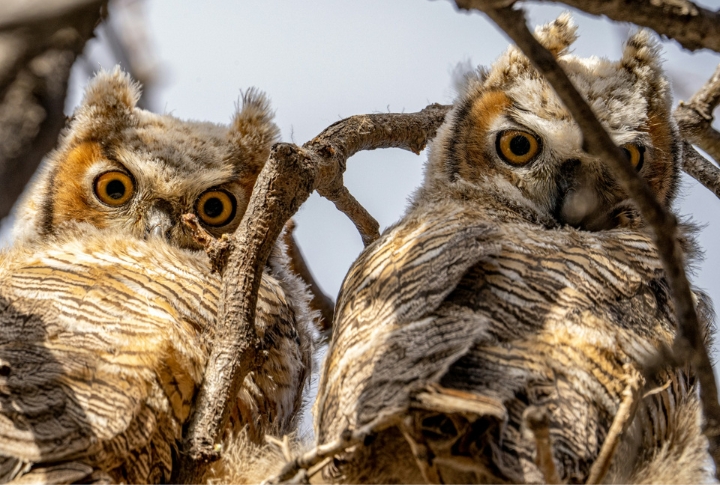
In African tradition, an owl’s call near a home signals that the end of life is approaching. Igbo communities see owl sightings as a sign that an ancestor is close. Native American tribes, like the Apache and Cherokee, believe owls transport the souls of the departed.
Symbols Of Witchcraft And Shape-Shifting
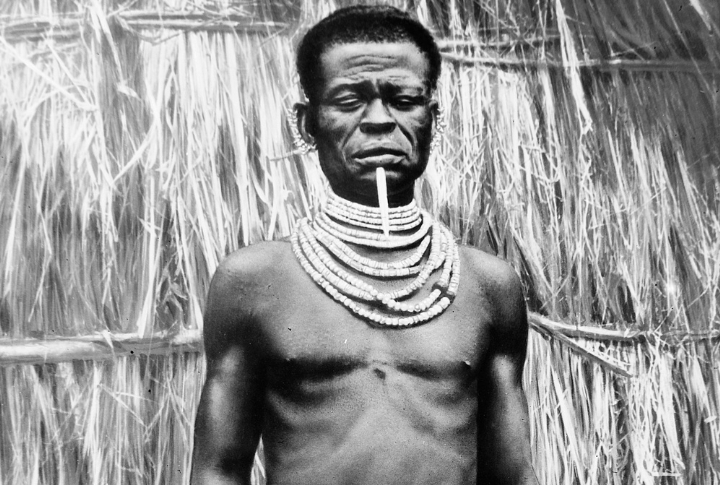
Owls are more than just birds in some cultures. In Yoruba lore, witches take owl form to fly unnoticed. Hopi teachings also link owls to loss and sorcery. For some Plains tribes, an owl could mean a spirit has taken animal form. The Navajo also believe owls can be skinwalkers—dark shapeshifters with sinister power.
Messengers Of Doom And Misfortune
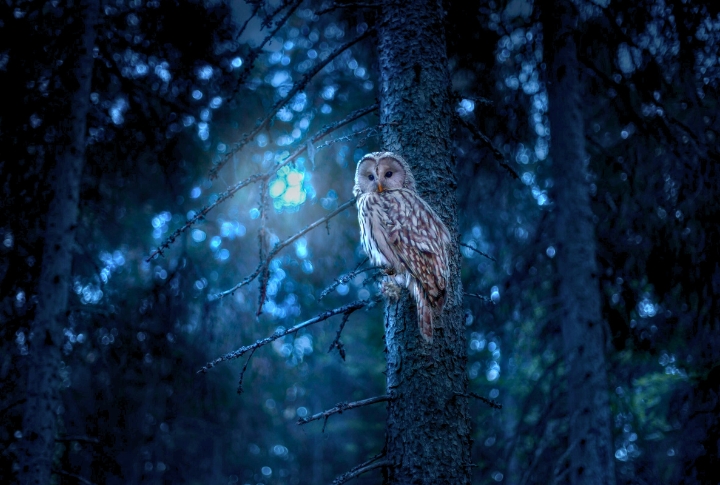
In some African villages, if people see this bird on their roof, they think it is a sign that tragedy is near. The Creek interprets owl calls as warnings of an enemy’s approach. Meanwhile, the Zuni associate them with sacred power
Feared For Their Nocturnal Silence
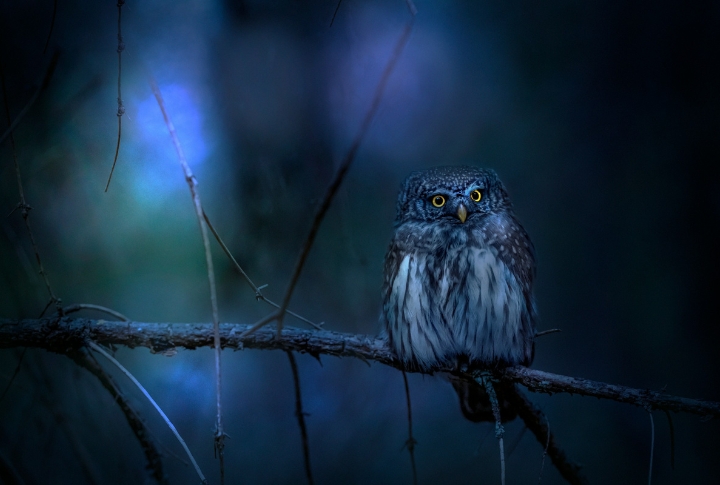
Owls glide through the night without making a sound. And for some people, like the Ashanti, that silence was downright ghostly. Ojibwe stories also warn that silent flight means spirits are nearby, quietly watching us. Other African tales say that an owl’s hush hides danger.
Eyes That Watch The Living And The Dead
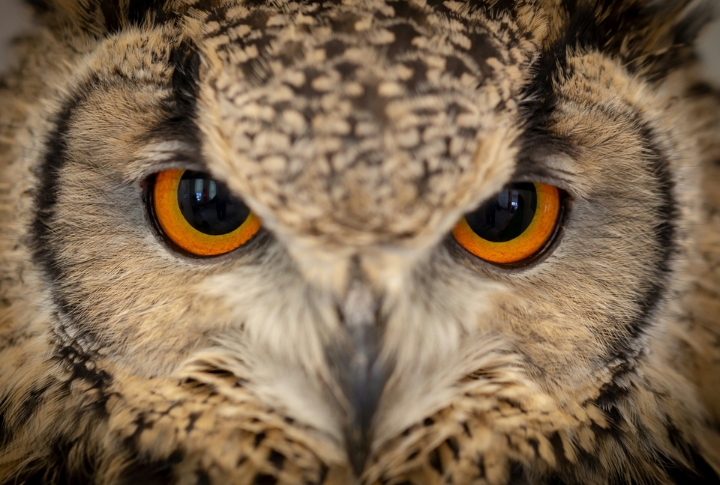
There are multiple stories around the world that suggest that an owl’s eyes aren’t just for hunting—they pierce the veil between the world of the living and the dead. Additionally, certain teachings claim their vision extends beyond life and into the spirit world. In other tales, their glowing eyes are said to steal the soul.
Sacred Yet Ominous In Ceremonies
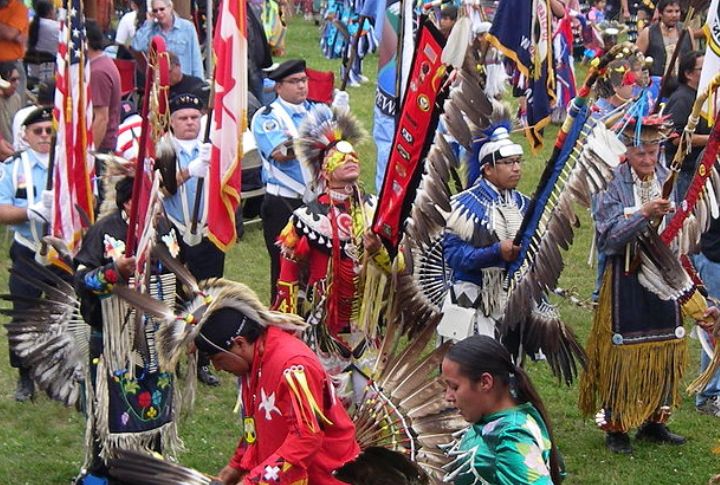
Owl imagery also plays a serious role in rituals. Some Native American groups use owl feathers in mourning rites. The Cherokee, however, deliberately leave them out of healing work. African shamans sometimes invoke owl spirits during dark ceremonies. Meanwhile, the Yoruba believe an owl’s sudden presence during rituals carries a warning.
Associated With Night Terrors And Darkness
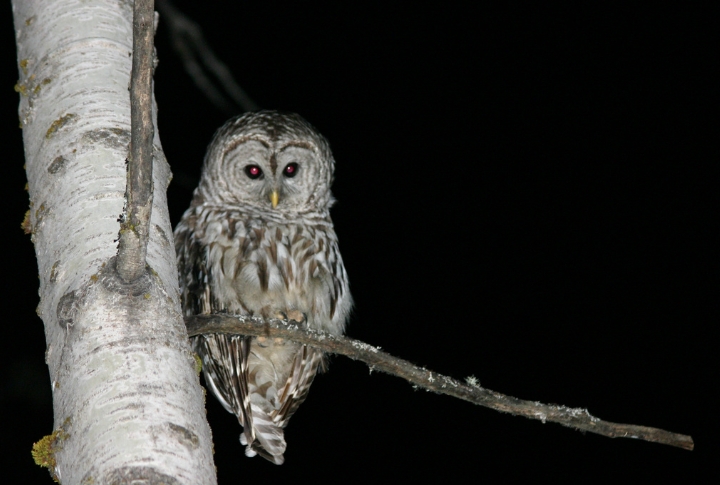
Night may seem peaceful, but in some cultures, owls can evoke a sense of terror at night. Pueblo stories call them “Eyes of the Night Spirits.” In Navajo culture, their calls warn children to stay safe indoors. For Zulu, Igbo, and Hausa beliefs, owls are tied to darkness and uncertainty—symbols that call for vigilance and wisdom.
Linked To Ancestral Warnings
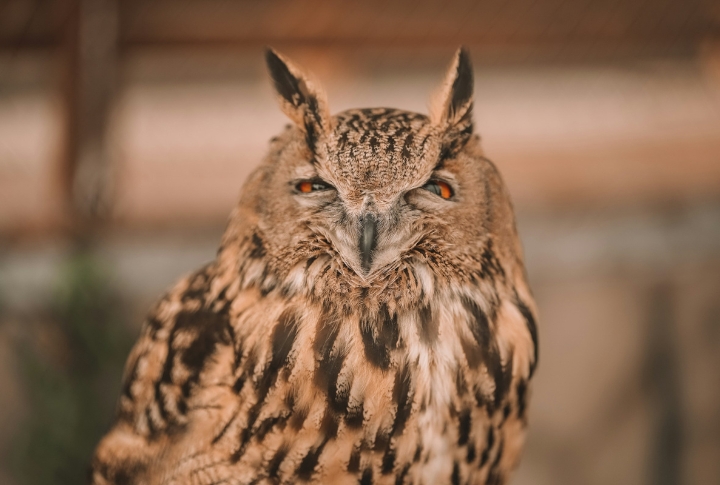
Among the Omaha, seeing an owl means it’s time for a spiritual cleanse. Xhosa elders say a sudden hoot signals the anger of ancestors. In Mali, people believe owls speak on behalf of the dead. In Choctaw tradition, too, their eerie calls are said to carry messages from the ancestors.
Voices Mimicking The Spirit Realm
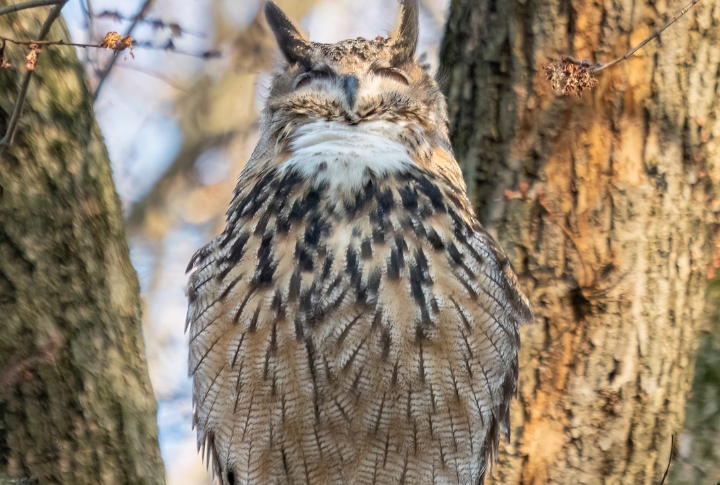
Among the Xhosa and Sotho, an owl’s voice is treated as a message from the dead. Likewise, the Ojibwe link hoots to restless spirits. As for Ghanaian stories, they speak of curses in an owl’s cries. In the Lakota tradition, they believe such calls can mislead the soul after death.
Linked To Illness And Mental Disturbance
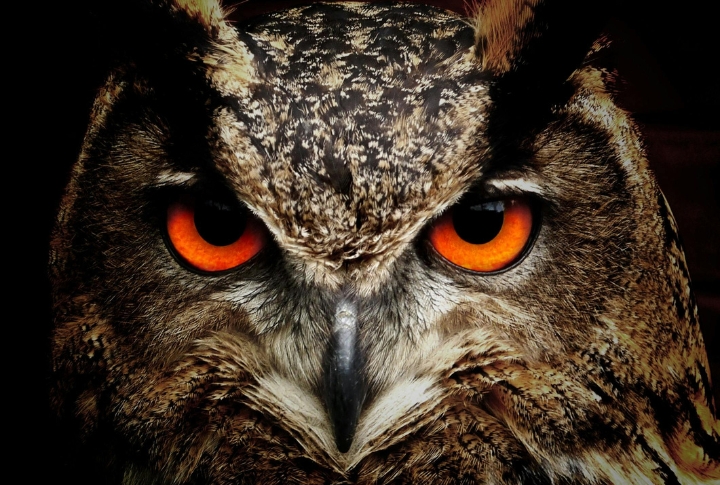
The Akan culture associates owl sightings with sudden illness, and Tanzanian healers link them to mental confusion. Cree legends warn that owls cause nightmares and sleep paralysis. Cherokee people also believe that an owl’s call before sleep can lead to disturbing dreams.
